
Brown Web of Debt The Shocking Truth about our Money System (3rd ed)
.pdf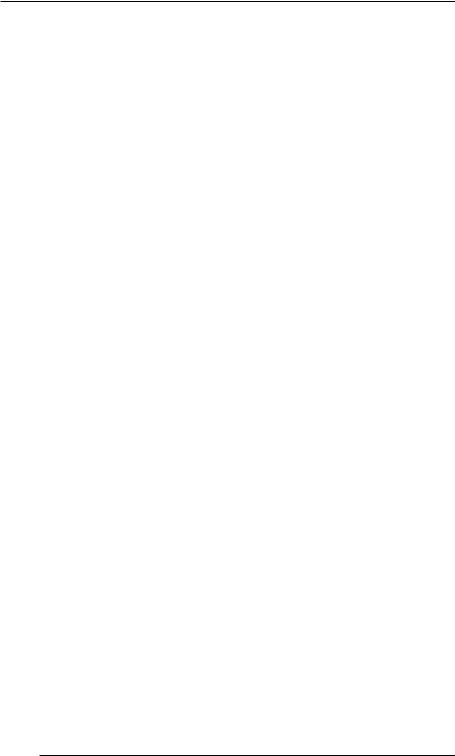
Chapter 16 - Oiling the Rusted Joints of the Economy
private and exclusive right the monopoly of manufacturing an inferior substitute for money which they have hypnotized civilized nations into using, because of their pressing need to exchange goods and services. We shall never recover on credit. Even if it were obtainable, it is uncertain, unreliable, does not expand in accordance with demand, and contracts unexpectedly and for causes unrelated to the needs of commerce and industry. . . . In our present situation the issue of additional currency is the only way out.10
Hemphill said the government needed to issue enough new, debtfree currency to replace what had been lost. Congressman Wright Patman went further: he urged the government to take over ownership and operation of the banks. In an address to Congress on March 13, 1933, he asked rhetorically:
Why is it necessary to have Government ownership and operation of banks? Let us go back to the Constitution of the United States and follow it . . . . The Constitution of the United States says that Congress shall coin money and regulate its value. That does not mean . . . that the Congress of the United States, composed of the duly elected representatives of the people, have a right to farm out the great privilege to the banking system, until today a few powerful bankers control the issuance and distribution of money – something that the Constitution of the United States says Congress shall do.11
Flanked on the right by the classical laissez-faire economists who said the money supply and the banking scheme should not be tampered with at all, and on the left by the radical reformers who said that the power to create money and perhaps even the banking system itself should be taken over by the government, Roosevelt took the middle road and opted for the Keynesian deficit spending alternative. He expanded the money supply, but he did it without unseating the private banking cartel.
Instead, Roosevelt tried to regulate the bankers. In 1934, the Federal Reserve System was overhauled to provide additional safeguards for the economy and the money supply. The old Federal Reserve Board was dissolved and replaced by a seven-member Board of Governors, appointed by the U.S. President for 14-year terms. The Board was given greatly increased powers, including the power to appoint the presidents of the 12 Federal Reserve Banks. The Open Market Committee was created, with one representative from each Federal
156
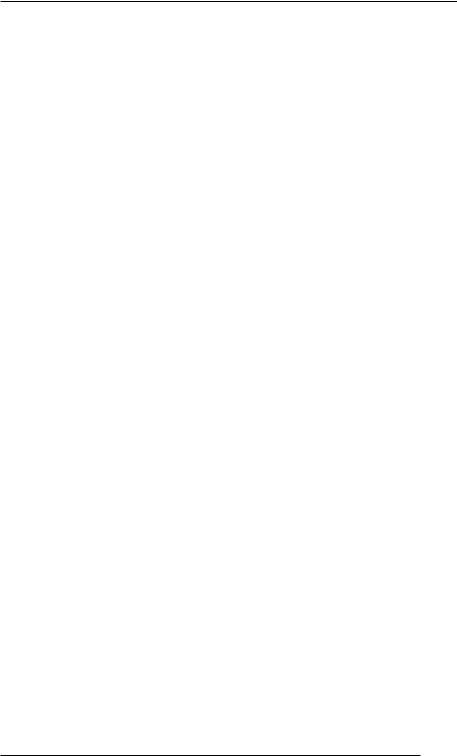
Web of Debt
Reserve Bank. It was empowered to inject new money into the economy by using newly-created money to purchase government bonds, and to remove money from the economy by selling government bonds.12 (More on this in Chapter 19.)
Although the money supply was better protected by these measures, the Fed remained a hierarchical citadel, run from the top down. Today even the commercial banks that own the Federal Reserve Banks do not have ordinary voting rights. The system is subject to the control of a small clique of appointed banking representatives, who operate behind a curtain of secrecy. The Head of the Fed has usually been chosen from the private banking sector and has remained aligned with its interests. The country that holds democracy out as an ideal is in the anomalous position of having an economic system controlled by an autocratic head who is beyond the reach not only of the public but of the Fed’s own shareholders.13 The current Fed Chairman, Ben Bernanke, came from academia rather than the banking establishment, but he has been criticized for being out of touch with the real economy. His chief problem, however, seems to be that his banking-establishment predecessors have left him with a hot air balloon that is about to go the way of the Hindenberg. But more on that later . . . .
Going for the Gold
In 1933, Roosevelt took a particularly controversial step when he took the dollar off the gold standard. England’s pound sterling had been removed from the gold standard in 1931, prompting foreigners to turn to the United States for gold at a time when Federal Reserve Notes were 40 percent backed by that precious metal. This meant that for every $2 cashed in for gold, another $3 in loans had to be called in by the banks. The run on the nation’s gold stores dangerously shrank the money supply by shrinking the dollar’s gold backing.14 If everyone holding dollars had been allowed to trade them in for gold, no reserves would have been left to back the dollar, and the money supply could have collapsed completely. To halt that alarming trend, in 1933 Roosevelt pronounced the country officially bankrupt and declared a national emergency. Then, with a wave of the Presidential fiat, he changed the Federal Reserve Note from a promise to pay in gold into legal tender itself, backed only by “the full faith and credit of the United States.” The price of gold was subsequently raised, reducing the value of the dollar so that more goods could be
157
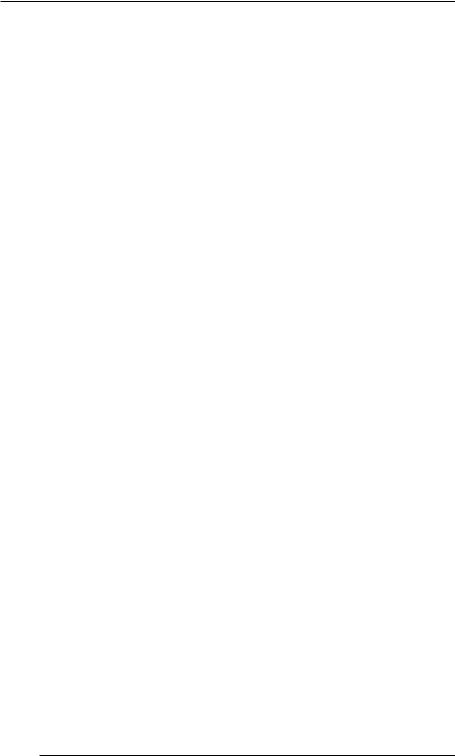
Chapter 16 - Oiling the Rusted Joints of the Economy
sold abroad. But first, all gold coins, gold bullion, and gold certificates held by the public were ordered turned over to the U.S. Treasury, under threat of fines and imprisonment. The point of this exercise was evidently to prevent a windfall to gold owners when the price of gold went up. Private gold owners were paid $20.67 per ounce in paper Federal Reserve money for their confiscated gold. Then the price of gold was raised to $35 per ounce. The result was an immediate 40 percent devaluation of the paper money the public had just received for their gold. The Federal Reserve also had to turn in its gold, but the Fed was paid in gold certificates (paper money redeemable in gold).
Congressman McFadden was outraged. He argued that private gold stores were not needed to rebuild the national money supply, since the gold backing had just been removed from the dollar. The Fed was still obligated to redeem foreign holdings of Federal Reserve Notes in gold, and raising the price of gold reduced those obligations; but that was the Fed’s problem, not the public’s.15 He accused the Federal Reserve Board and its foreign manipulators of deliberately draining the gold from the U.S. Treasury. “Roosevelt did what the International Bankers ordered him to do!”, McFadden charged in a 1934 address to Congress. “He is preparing to cancel the war debts by fraud!”
McFadden maintained that the Fed was legally obligated to redeem its Federal Reserve Notes in gold to the American people, and that it had defaulted on this obligation by irresponsibly letting its gold reserves be siphoned off by foreigners. The Fed was bankrupt because of its own mis-dealings. He told Congress:
There was no national emergency here when Franklin D. Roosevelt took office excepting the bankruptcy of the Fed – a bankruptcy which has been going on under cover for several years and which has been concealed from the people so that the people would continue to permit their bank deposits and their bank reserves and their gold and the funds of the United States Treasury to be impounded in these bankrupt institutions.
Under cover, the predatory International Bankers have been stealthily transferring the burden of the Fed debts to the people’s Treasury and to the people themselves. They [took] the farms and the homes of the United States to pay for their thievery! That is the only national emergency that there has been here since the depression began. . . . Roosevelt divorced the currency
158
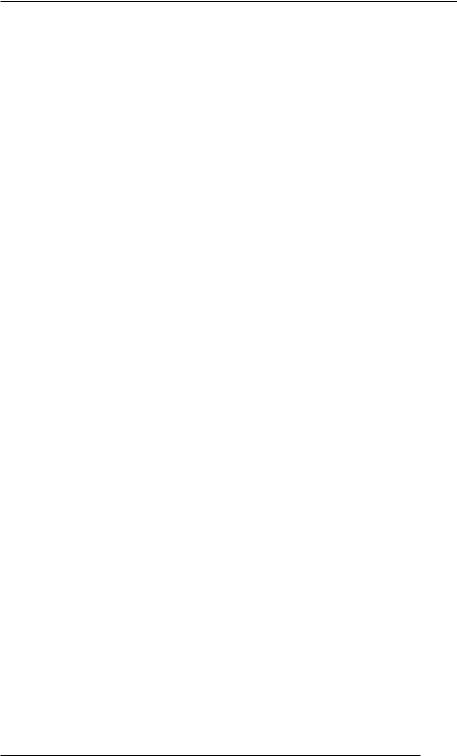
Web of Debt
of the United States from gold, and the United States currency is no longer protected by gold. It is therefore sheer dishonesty to say that the people’s gold is needed to protect the currency. . . . Mr. Chairman, I am in favor of compelling the Fed to pay their own debts. I see no reason why the general public should be forced to pay the gambling debts of the International Bankers.16
Reining in Wall Street
Although McFadden accused Roosevelt of bowing to the international bankers, FDR was not actually marching to the drummer of his own moneyed class, much to their chagrin. From his first months in office, he implemented tough legislation against the Wall Street looting and corruption that had brought down the stock market and the economy. He took aim at the trusts and monopolies that had returned in force with the laissez-faire government of the Roaring Twenties. By 1929, about 1,200 mergers had swallowed up more than 6,000 previously independent companies, leaving only 200 corporations in control of over half of all American industry. FDR reversed this trend with new legislation, reviving the policies initiated by his cousin Teddy. He also imposed strict regulations on Wall Street. The Glass-Steagall Act was passed, limiting speculation and preventing banks from gambling with money entrusted to them. Regular commercial banks were separated from investment banks dealing with stocks and bonds, in order to prevent bankers from creating stock offerings and then underwriting or selling the offerings by hyping the stock. Banks had to choose to be either commercial banks or investment banks. Commercial banks were prohibited from underwriting most securities, with the exception of government-issued bonds. Speculative abuses were regulated through the Securities Act of 1933 and the Securities Exchange Act of 1934. The Securities and Exchange Commission (SEC) was formed; information requirements to potential investors were established; regulations were promulgated for buying securities on margin (or on credit), and for bank lending for the purchase of stocks and bonds; and restrictions were placed on the suspect practice known as the short sale. (More on this in Chapter 19.)
Needless to say, the Wall Street financiers were not pleased. “They are unanimous in their hatred of me,” Roosevelt said defiantly, “and I welcome their hatred!”17 A clique of big financiers and industrialists was rumored to be so unhappy with the President that they plotted to
159
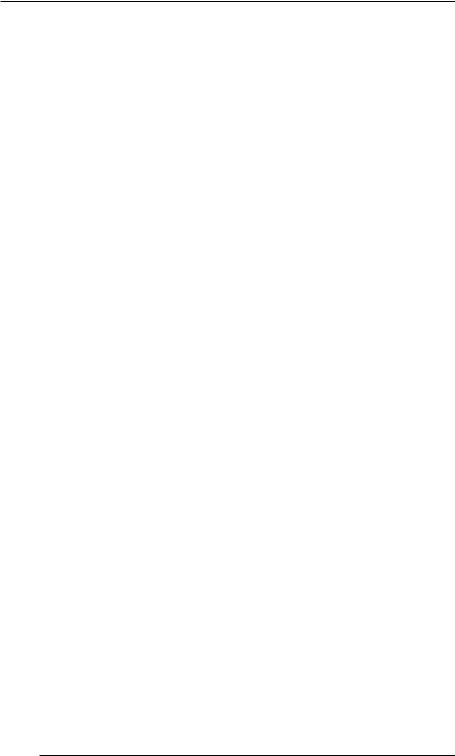
Chapter 16 - Oiling the Rusted Joints of the Economy
assassinate him. Major General Smedley Butler testified before Congress that he had been solicited by Morgan banking interests to lead the plot. He said he was told by a Morgan agent that Wall Street was about to cut off credit to the New Deal, and that Roosevelt “has either got to get more money out of us or he has got to change the method of financing the government, and we are going to see that he does not change that method.”18
Change the method of financing the government to what? Hemphill had urged the government to issue its own Greenback-style currency, and Patman had proposed nationalizing the banks. Greenback-style funding was actually authorized by the Thomas Amendment, which provided that the President could issue $3 billion in new Greenbacks if the Federal Reserve Banks failed to fund $3 billion in government bonds.19 That authority was never exercised, but the threat was there. The plot to assassinate Roosevelt failed, but according to Smedley, it was only because he had refused to lead it.
As for Congressman McFadden’s impeachment action against the Fed, he never got a chance to prove his case. His Congressional investigation was terminated by his sudden death in 1936, under suspicious circumstances. The month he died, the journal Pelley’s Weekly reported:
Now that this sterling American patriot has made the Passing, it can be revealed that not long after his public utterance against the encroaching powers of [the international bankers], it became known among his intimates that he had suffered two attacks against his life. The first attack came in the form of two revolver shots fired at him from ambush as he was alighting from a cab in front of one of the Capital hotels. Fortunately both shots missed him, the bullets burying themselves in the structure of the cab.
He became violently ill after partaking of food at a political banquet at Washington. His life was only saved from what was subsequently announced as poisoning by the presence of a physician friend at the banquet, who at once procured a stomach pump and subjected the Congressman to emergency treatment.20
McFadden then died mysteriously of “heart-failure sudden-death,” following a bout of “intestinal flue.” His petition for Articles of Impeachment against the Federal Reserve Board for fraud, conspiracy, unlawful conversion and treason was never acted upon. But Wright Patman took up the torch where McFadden had left off . . . .
160
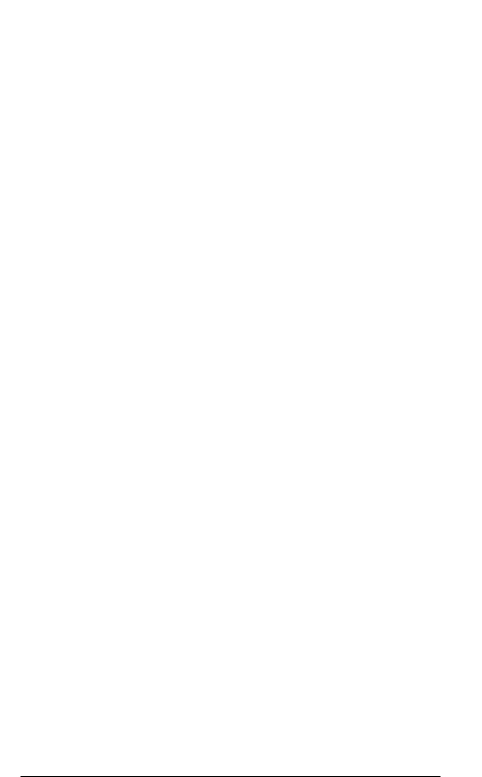
Web of Debt
Chapter 17
WRIGHT PATMAN
EXPOSES THE MONEY MACHINE
Toto jumped . . . and tipped over the screen that stood in a corner. As it fell with a crash they looked that way, and the next moment all of them were filled with wonder. For they saw, standing in just the spot the screen had hidden, a little old man, with a bald head and a wrinkled face, who seemed to be as much surprised as they were. . . .
“I am Oz, the Great and Terrible,” said the little man, in a trembling voice.
– The Wonderful Wizard of Oz, “The Discovery of Oz the Terrible”
If Wright Patman had been a character in The Wizard of Oz, he would probably have been Dorothy’s feisty dog Toto, who nipped fearlessly at the Wicked Witch’s heels, saved his mistress by leaping boldly across a closing drawbridge, and exposed the man behind the curtain pretending to be a Great and Powerful Wizard. Patman spent nearly fifty years barking at the wicked institutions he thought were out to get the farmers and small businessmen of his Texas constituency. They included big business, chain stores, tax-ex- empt foundations and – most wicked of all – the Federal Reserve Board, whose restrictive monetary policies he felt placed the interests of Wall
Street above those of Main Street.1
Patman was first elected to Congress in 1928 and was re-elected 24 times. He served as Chairman of the House Banking and Currency Committee from 1963 to 1975 and in Congress until his death in 1976. He was called an “economic Populist.” He inspired a major protest march on Washington in 1932, the march of unemployed World War I veterans petitioning for the “Bonus Bill” he wrote. Patman was the first to call for the investigation not only of Penn Central (1970) but of Watergate (1972). One reviewer described him as:
161
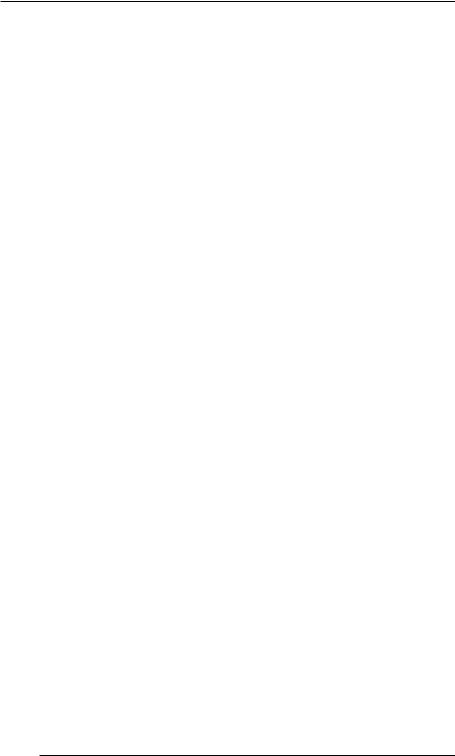
Chapter 17 - Wright Patman Exposes the Money Machine
a cranky eccentric, out of place in the increasingly slick and polished world of Washington politics. But therein lay his significance . . . . He used his outsider status to force onto the national agenda issues that few politicians cared or dared to raise.2
In his role as Chairman of the House Banking and Currency Committee, Patman penetrated the official Fedspeak to expose what was really going on. After a probing investigation of the Federal Reserve, he charged:
The Open Market Committee of the Federal Reserve System . . .
has the power to obtain, and does obtain, the printed money of the United States -- Federal Reserve Notes -- from the Bureau of Engraving and Printing, and exchanges these printed notes, which of course are not interest bearing, for United States government obligations that are interest bearing. After making the exchange, the interest bearing obligations are retained by the 12 Federal Reserve banks and the interest collected annually on these government obligations goes into the funds of the 12 Federal Reserve banks. . . . These funds are expended by the system without an adequate accounting to the Congress.3
The Open Market Committee was the group formed in 1934 to take charge of “open market operations,” the Fed’s buying and selling of government securities (the bills, bonds and notes by which the government borrows money). Then as now, the Open Market Committee acquired Federal Reserve Notes from the Federal Bureau of Engraving and Printing, essentially for the cost of printing them. The average cost today is about 4 cents per bill.4 In deft card-shark fashion, these dollar bills are then swapped for an equivalent stack of notes labeled Treasury securities. Turning Treasury securities (or debt) into “money” (Federal Reserve Notes) is called “monetizing” the debt. The government owes this money back to the Fed, although the Fed has advanced nothing but printed paper to earn it. In a revealing treatise called A Primer on Money, Patman concluded:
The Federal Reserve is a total moneymaking machine. It can issue money or checks. And it never has a problem of making its checks good because it can obtain the $5 and $10 bills necessary to cover its check simply by asking the Treasury Department’s Bureau of Engraving to print them.5
162
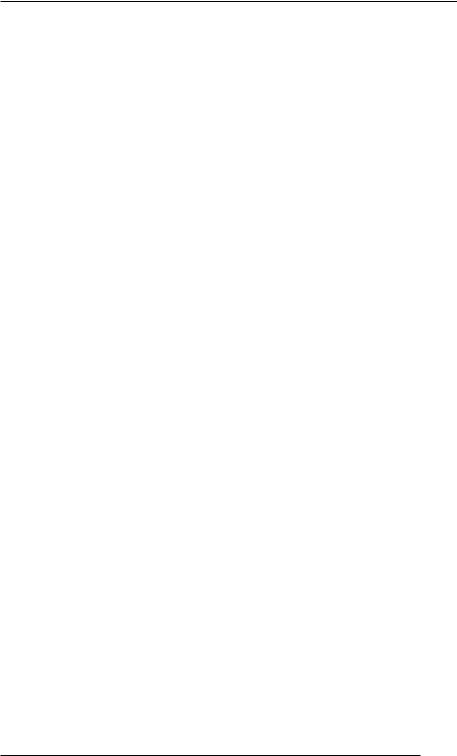
Web of Debt
This statement was confirmed by Marriner Eccles, then Chairman of the Federal Reserve Board, in testimony before the House Banking and Currency Committee in 1935. Eccles acknowledged:
In purchasing offerings of Government bonds, the banking system as a whole creates new money, or bank deposits. When the banks buy a billion dollars of Government bonds as they are offered . . . the banks credit the deposit account of the Treasury with a billion dollars. They debit their Government bond account a billion dollars; or they actually create, by a bookkeeping entry, a billion dollars.6
Economist John Kenneth Galbraith would later comment, “The process by which banks create money is so simple that the mind is repelled.” The mind is repelled because the process is sleight of hand and is completely foreign to what we have been taught. In a phenomenon called “cognitive dissonance,” we can read the words and still doubt whether we have read them right. To make sure that we have, then, here is another credible source --
In 1993, National Geographic Magazine published an article by assistant editor Peter White titled “Do Banks Really Create Money Out of Thin Air?” White began by observing that 92 percent of the money supply consists, not of bills or coins, but of checkbook and other non-tangible money. To find out where this money comes from, he asked a Federal Reserve official, who said that every day, the Federal Reserve Bank of New York buys U.S. government securities from major banks and brokerage houses. That’s if the Fed wants to expand the money supply. If it wants to contract the money supply, it sells government securities. White wrote:
Say today the Fed buys a hundred million dollars in Treasury bills from those big securities dealers, who keep a stock of them to trade with the public. When the Fed pays the dealers, a hundred million dollars will thereby be added to the country’s money supply, because the dealers will be credited that amount by their banks, which now have that much more on deposit. But where did the Fed get that hundred million dollars? “We created it,” a Fed official tells me. He means that anytime the central bank writes a check, so to speak, it creates money. “It’s money that didn’t exist before,” he says. Is there any limit on that? “No limit. Only the good judgement and the conscience of the responsible Federal Reserve people.” And where did they
163
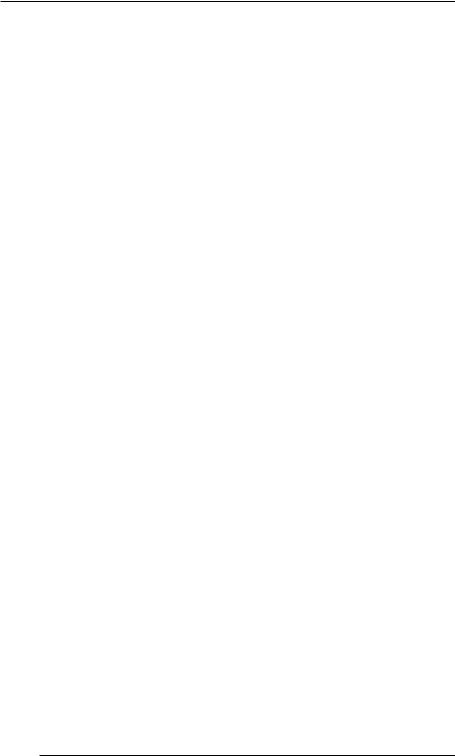
Chapter 17 - Wright Patman Exposes the Money Machine
get this vast authority? “It was delegated to them in the Federal Reserve Act of 1913, based on the Constitution, Article I, Section 8. ‘Congress shall have the power . . . to coin money, regulate the value thereof . . . .’”7
Andrew Jackson would probably have said “vipers and thieves!” He stressed that the Constitution gives Congress the power only to coin money; and if “coining” money means “creating” money, it gives that power only to Congress. The Tenth Amendment provides that powers not delegated to the United States or forbidden to the States are reserved to the States or the people. In 1935, the U.S. Supreme Court held that “Congress may not abdicate or transfer to others its legitimate functions.” (Schechter Pultry v. U.S., 29 U.S. 495, 55 U.S. 837, 842.)
The Real Windfall
After relentless agitation by Patman’s Committee, the Fed finally agreed to rebate most of the interest it received on its government bonds to the U.S. Treasury. Congressman Jerry Voorhis, another early Fed watchdog, said that the agreement was a tacit admission that the Fed wasn’t entitled to interest. It wasn’t entitled to interest because its own money wasn’t being lent.8 Fed apologists today argue that since the interest, or most of it, is now rebated to the government, no net advantage has accrued to the Fed.9 But that argument overlooks a far greater windfall to the banks that are the Fed’s owners and real constituents. The bonds that have been acquired essentially for free become the basis of the Fed’s “reserves” – the phantom money that is advanced many times over by commercial banks in the form of loans.
Virtually all money in circulation today can be traced to government debt that has been “monetized” by the Federal Reserve and the banking system. This money is then multiplied many times over in the form of bank loans.10 In 2006, M3 (the broadest measure of the money supply) was nearly $10 trillion, and the Treasury securities held by the Federal Reserve came to about one-tenth that sum. Thus the money supply has expanded by a factor of about 10 for every dollar of federal debt monetized by the Federal Reserve, and all of this monetary expansion consists of loans on which the banks have been paid interest.11 It is this interest, not the interest paid to the Federal Reserve, that is the real windfall to the banks – this and the fact that the banks now have a money-making machine to back them up whenever they get in trouble
164
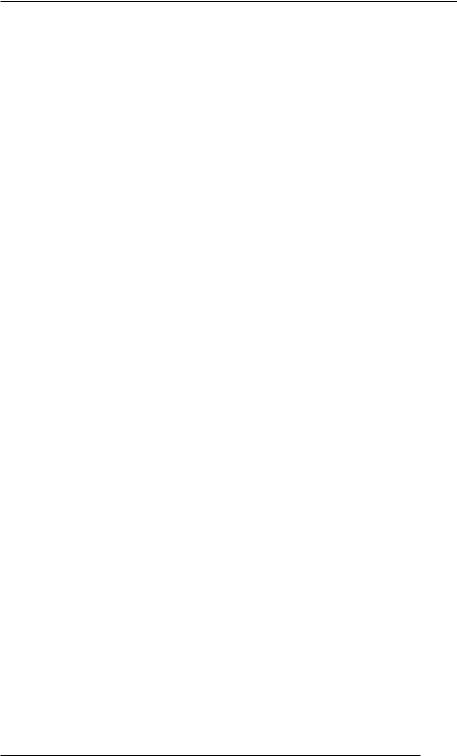
Web of Debt
with their “fractional reserve” lending scheme. The Jekyll Island plan had worked beautifully: the bankers succeeded in creating a secret source of unlimited funds that could be tapped into whenever they were caught short-handed. And to make sure their scheme remained a secret, they concealed this money machine in obscure Fedspeak that made the whole subject seem dull and incomprehensible to the uninitiated, and was misleading even to people who thought they understood it.
In The Creature from Jekyll Island, Ed Griffin writes that “modern money is a grand illusion conjured by the magicians of finance and politics.” The function of the Federal Reserve, he says, “is to convert debt into money. It’s just that simple.” The mechanism may seem complicated at first, but “it is simple if one remembers that the process is not intended to be logical but to confuse and deceive.” The process by which the Fed converts debt into money begins after the government’s bonds are offered to the public at auction. Griffin explains:
[T]he Fed takes all the government bonds which the public does not buy and writes a check to Congress in exchange for them
. . . . There is no money to back up this check. These fiat dollars are created on the spot for that purpose. By calling these bonds “reserves,” the Fed then uses them as the base for creating 9 additional dollars for every dollar created for the bonds themselves. The money created for the bonds is spent by the government, whereas the money created on top of those bonds is the source of all the bank loans made to the nation’s businesses and individuals. The result of this process is the same as creating money on a printing press, but the illusion is based on an accounting trick rather than a printing trick.12
The result is the same with this difference: in the minds of most people, printing press money is created by the government. The accounting trick that generates 99 percent of the U.S. money supply today is the sleight of hand of private banks.
165
